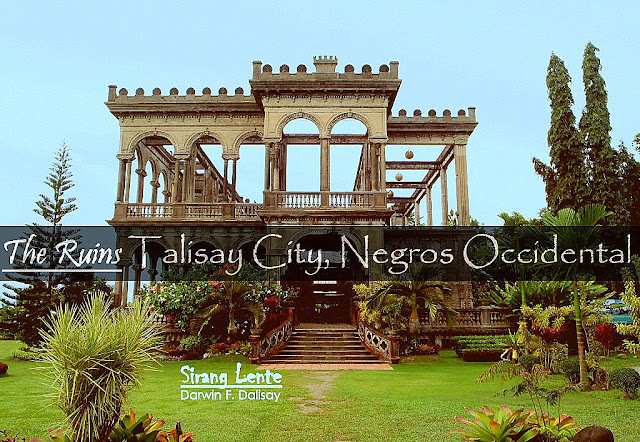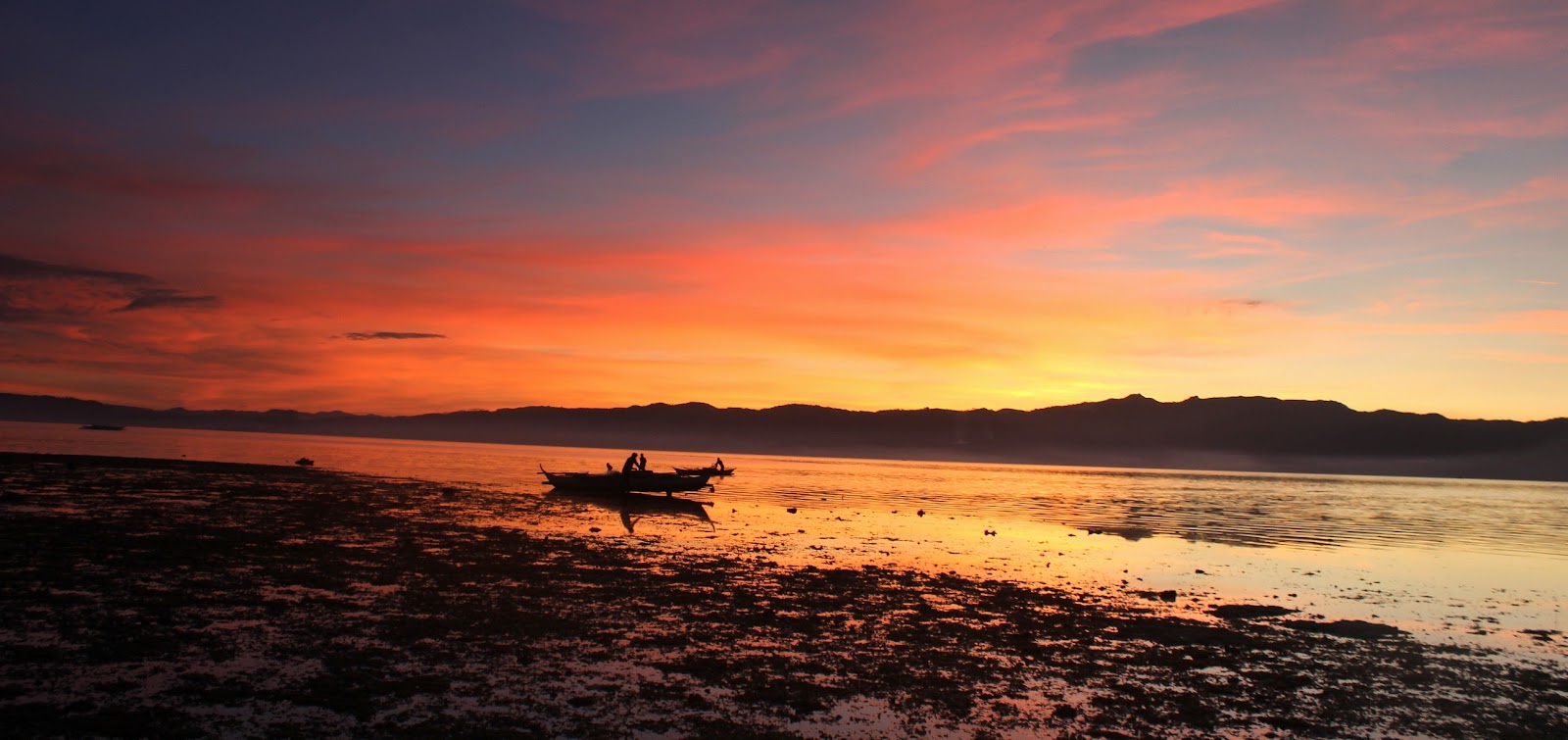Tinalisayan Island
Featuring Zamboanga City - My Solo-Backpacking in Mindanao

"The Latin City of Asia" was given to Zamboanga City because of their language called "chavacano," similar to Spanish. The city is situated on the Southern side of the Zamboanga Peninsula and on the Northern side of Basilan. Aside from their language, the city is also prominent with its "vinta," a colorful and stunning sailboat or watercraft that is usually used by the locals. Using Google Maps, had a walking tour of their top tourist spots and destinations.
The Ruins, Bacolod

The Ruins, in Talisay City, was the largest residential mansion built then. This mansion belongs to sugar baron Don Mariano “Anoy” Ledesma Lacson (1865-1948.) Built after the death of his wife Maria Braga (1911) and served as the residence of their unmarried children. But, in the early part of World War II, USAFEE and then guerrilla fighters built this mansion to prevent the Japanese forces from making this structure their headquarters. It was burning for three days, leaving no traces of its glorious past, but still, the effort of the workers paid off because its gorgeous RUINS are still standing and part of our today.
Mt. Mantalingahan

It is a mountain that is a bit challenging, but you will be rewarded with amazing views from the summit, cool weather, and a remarkable experience. Mt. Mantalingajan, or Mt. Mantalingahan Protected Landscape, is situated in Rizal, Palawan, and it is more than 4 hours' travel from Puerto Princesa City. Since Manta (another name given) is located in a secluded municipality, its beauty remains hidden from many hikers. Thus, its richness is well preserved.
Molo Church

Commonly known as the St. Anne Parish, Molo Church is opposite the town plaza. Molo is one of the seven districts of Iloilo City, formerly called Parian (Chinatown), because the residents here were mostly Chinese. Then, it was changed into Moro because of the frequent arrival of Muslim pirates from Mindanao, but it later evolved into this name – Wikipedia.com.
Jaro Cathedral

It is another example of the country's historical baroque architecture. Built in 1864, Jaro Cathedral was erected by order of Mariano Cuartero, the first bishop of Jaro. In 1948, this structure was destroyed by an earthquake and was restored in 1956 by the order of the first archbishop Jose Ma. Cuenco. The famous orator Graciano Lopez Jaena was baptized in this church. In 1976, the National Historical Institute proclaimed this church as a Historical Landmark.
SULU MUSEUM

Bangui Windmills

It is a place that converts wind energy into electrical energy, yet it is one of the top tourist attractions in Ilocos Norte. Bangui Windmills has 20 units of 70-meter high wind turbines, stretching along the 9 9-kilometer shoreline of Bangui Bay and facing the West Philippine Sea. Each of the turbines is 326 meters apart. READ: TOURIST SPOTS IN ILOCOS NORTE
Kapurpurawan Rock Formation

Guimbal Church

This church is situated by the highway of Guimbal, Ilo-Ilo, and can easily be recognized because of its unique facade. After my visit to Miag-Ao Church, I traveled around 30 minutes to this church. According to my research, Guimbal Church or St. Nicholas of Tolentino Church doesn’t have any record of when it was erected or established. However, it was completed between 1769 and 1774 under Friar Juan Campos. 1893 it was further enlarged but later destroyed by fire during the Revolution in 1896 to 1898.

